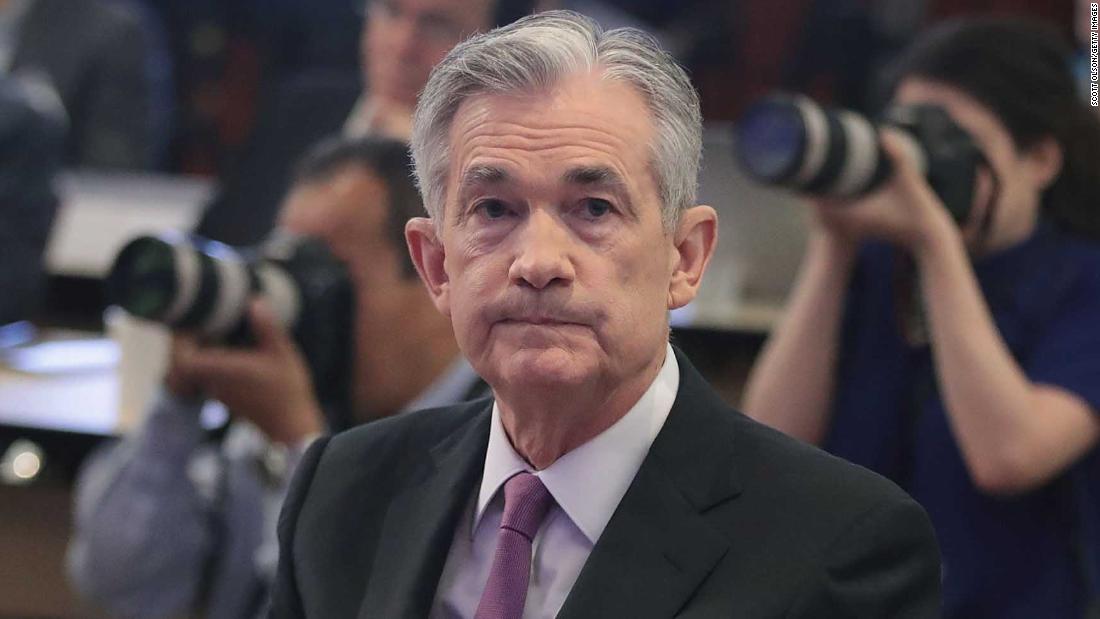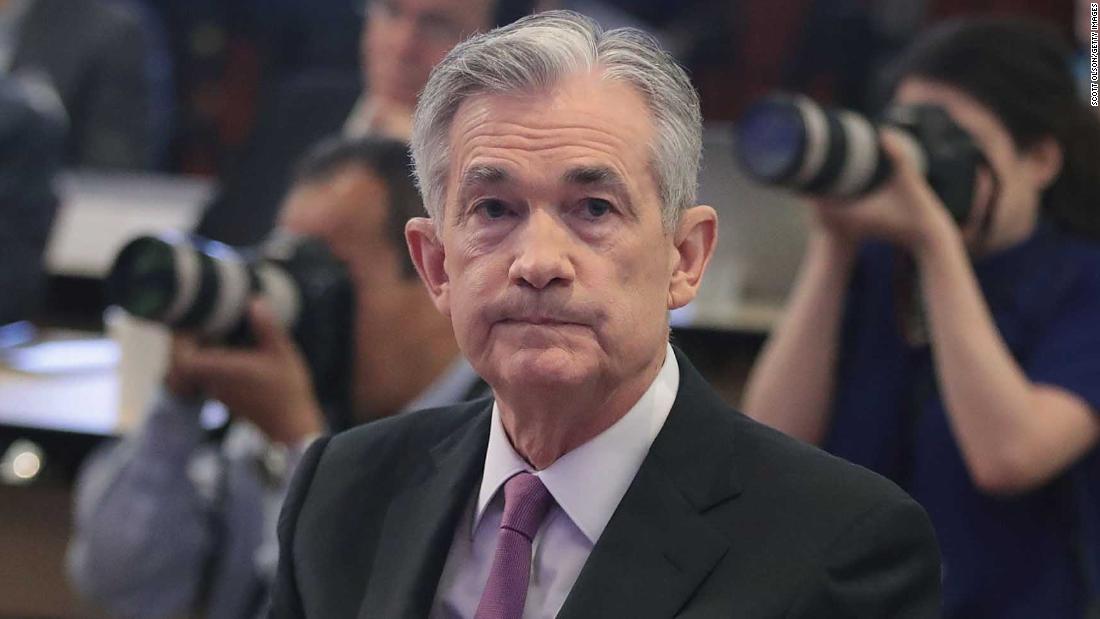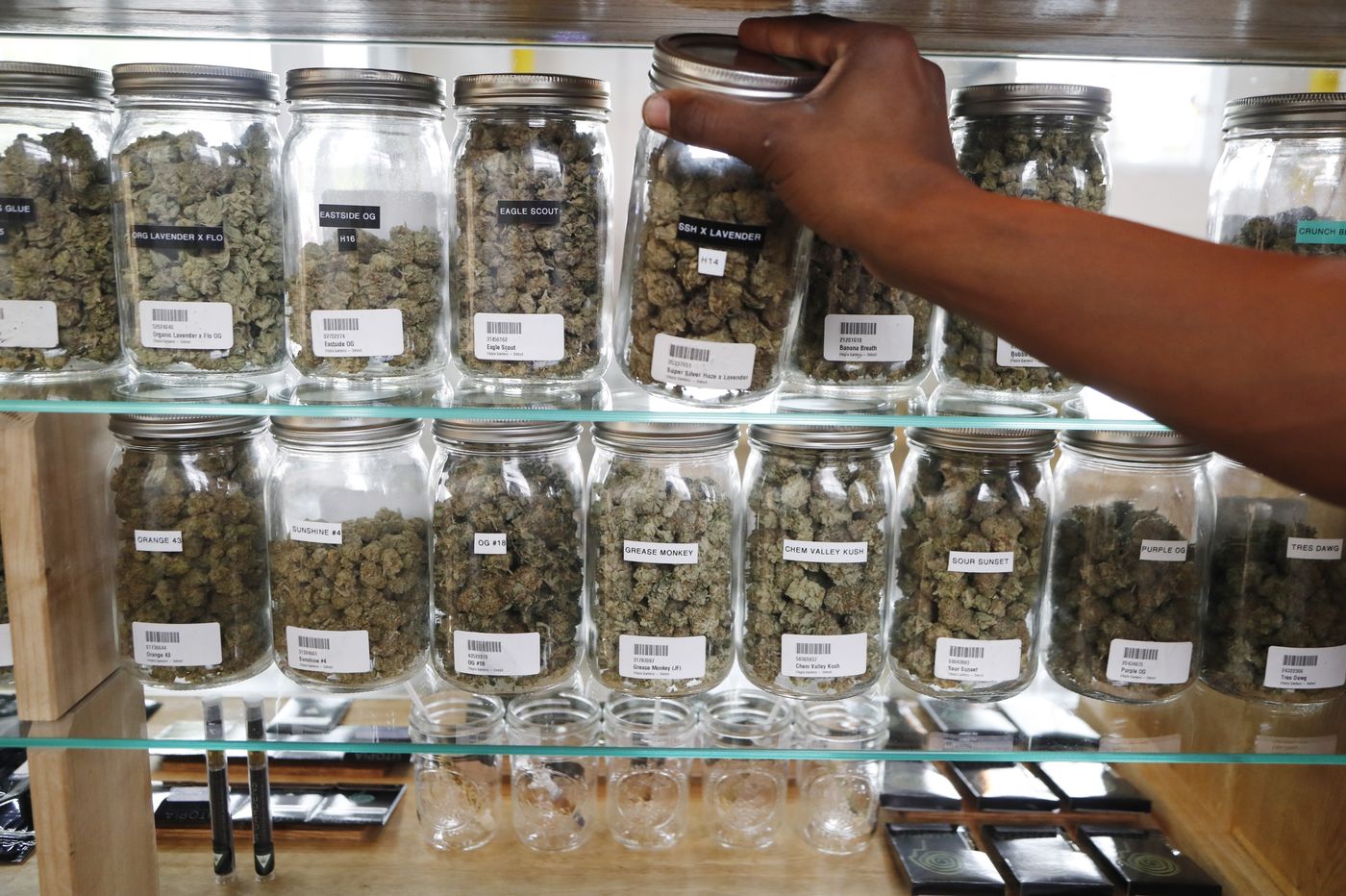
Jerome Powell, the president’s choice to run the world’s most influential central bank, is facing considerable pressure to keep the US economy steady. Concerns are intensifying that Trump’s tariff strategy may end up hurting global growth. The decision also comes as Trump continues to criticize Powell, suggesting he might still be willing to try to demote the country’s top central banker.
“Let’s see what he does,” Trump said to reporters at the White House as he left for his re-election kickoff rally on Tuesday, a day before the Fed was set to announce its next decision on interest rates.
The Fed voted to leave its benchmark rate hovering between 2.25% and 2.5% with only one objection by St. Louis Fed President James Bullard, marking the first dissent in Powell’s chairmanship. Bullard had previously suggested a rate cut “may be warranted soon.”
Fed officials are now split between whether to continue indefinitely holding rates level for the remainder of the year or to make at least one, if not two, potential rate cuts in the second half amid intensifying trade tensions that have shown signs of damage to the US economy. Eight out of the 17 officials were in favor of keeping rates the same.
For the last several months, Powell has preached patience when it comes to rate-setting policy. But with increased uncertainty over on-again, off-again trade negotiations between China and the United States, the world’s two largest economies, and the threat of tariffs on nearly all remaining Chinese goods, the Fed is now beginning to signal a more a nimble approach.
Analysts anticipated the Fed would punt on a rate cut this week until there was greater clarity of how trade talks between the United States and China would unfold. Trump announced on Tuesday he and Chinese President Xi Jinping would hold an “extended meeting” later this month at the Group of 20 leaders summit in Osaka, Japan, and negotiators would resume talks.
Officials in their statement noted that risks to growth had increased amid “uncertainties,” and reaffirmed that they would move as needed to continue the US economy’s expansion.
“In light of these uncertainties and muted inflation pressures, the committee will closely monitor the implications of incoming information for the economic outlook and will act as appropriate to sustain the expansion,” the Federal Open Market Committee said in its statement.
The expected shift echoed a similar message made by Powell weeks earlier in Chicago when he spelled out to investors that the Fed was prepared to respond if the Trump administration’s trade strategy ends up threatening the American economy.
“We are closely monitoring the implications of these developments for the US economic outlook and, as always, we will act as appropriate to sustain the expansion,” Powell said speaking at a Fed conference.
Those comments have helped to fuel expectations that the Fed may cut rates at least once, if not more, before the end of the year due to the trade war.
Seven out of the 17 participants on the Fed’s policy-making board now anticipate that two rate cuts may be necessary this year with one member estimating a single rate cut may be sufficient to keep the economy humming.
June’s updated forecast is a significant downward shift since the projections were last updated in March.
At the time, the Fed had effectively put a pause on lifting interest rates with 11 out of 17 participants in favor of being patient until the central bank had a better handle on where the economy is going for the rest of the year.
Views: 415















